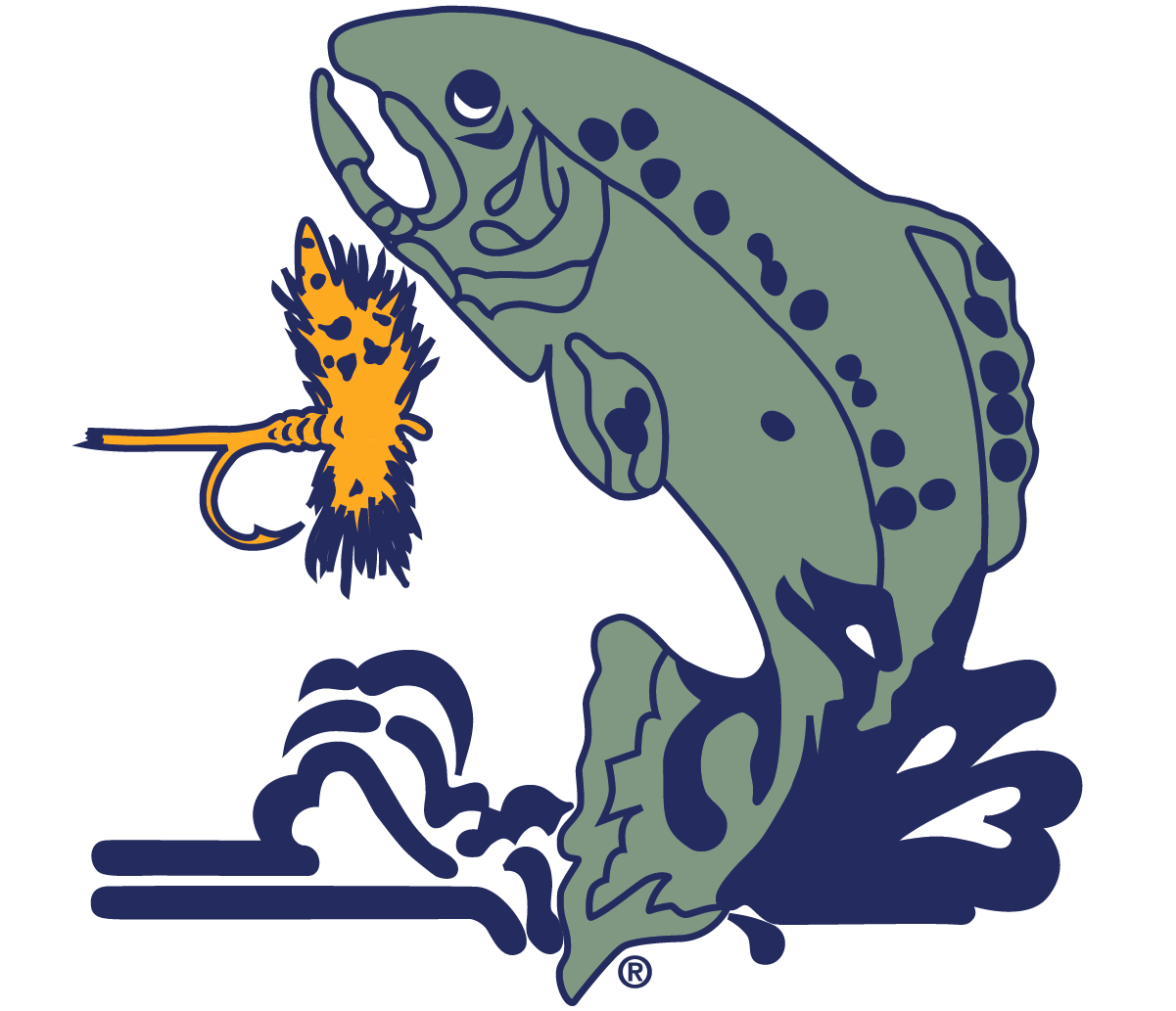A major threat to Snake River Fine-Spotted and Yellowstone cutthroat trout (collectively referred to as YCT; Oncorhynchus clarkii bouvieri) is hybridization with non-native Rainbow trout which reduces YCT individual fitness, disrupts local adaptation, and can cause genomic extinction. Managers have engaged in aggressive RBT removal programs throughout the Snake (e.g., Gros Ventre River and South Fork Snake River) and Yellowstone River (e.g., Soda Butte Creek and Lamar River) basins to ensure that this region remains a YCT stronghold, but the subsequent RBT density declines make effectiveness monitoring with conventional tools (e.g., electrofishing) difficult and cost prohibitive. We propose to use extremely sensitive and cost-effective environmental (e)DNA sampling approaches to pinpoint areas in the Upper Snake River sub-basin that are likely to still have RBT or YCT-RBT hybrids and would benefit from removal efforts. Results from these samples will enhance instream habitat for YCT in the Upper Snake River sub-basin by facilitating the removal of one of their biggest threats and their eDNA method development will have applicability to other regional waters where YCT are threatened by non-native fish.
Using eDNA to inform YCT Conservation (ID, WY, MT)
Using eDNA to inform YCT Conservation (ID, WY, MT)
Year
Project Recipient
USGS Northern Rocky Mountain Science Center
Project Matching Funds
$49,173
Project JHOF Funding
$25,763


